Top 10 Biggest and Largest IPOs in the History of India

Top 10 Biggest and Largest IPO’s in the History of India
India saw a dramatic increase in the number of start-ups and established private enterprises joining the IPO league in 2020-21. According to EY’s recent Global IPO Trends, IPO volumes surged 163 per cent in 2021, while proceeds increased 245 per cent compared to a year earlier in India.
There were considerable successful IPOs in the last few years, and additional large IPOs are predicted in 2022. Progressive regulatory changes, good performance by Indian corporates, appealing business concepts, strong management teams, effective corporate governance, and fair valuations are among the elements that pique investor interest in Indian IPOs, according to a survey.

An Initial Public Offering (IPO) is when a new or existing firm, which does not presently have its shares listed on the stock exchange, decides to sell its equity to the public. In addition to raising funds, going public has many other advantages. A company may sell its shares to raise money for new machinery, land, or to pay off its obligations and liabilities. Investing in the company will reward the shareholders (through dividends) or the shares can be sold at a profit if the share price is favourable for trading.
Another report from EY provides insight into the IPO craze in India. It points out that the Indian stock exchange is placed 12th in the world in terms of IPOs in 2021. Consumer products and retail, diversified industrial products, transportation and automotive are among the main IPOs in India in 2021. However, the new wave of pandemic in India has delayed IPO activity in 2022 as compared to the beginning of 2021.
How does an Initial Public Offering (IPO) work?
An IPO, or initial public offering, is a first-time public issuance of fresh shares of a private firm. The company’s ownership changes hands; it used to be wholly privately held, but now it’s open to the public.
Not every business can afford to raise adequate capital from private investors hence IPO is a better option to raise capital. In addition to raising funds, going public has other benefits. If you pick the right IPOs, you can make incredibly high returns on your investment as an investor.

- An initial public offering (IPO) is a company’s public offering of shares in exchange for money.
- This entire process is overseen by the Securities and Exchange Board of India (SEBI).
- You must bid for any company’s shares in an IPO to purchase them.
- You will be assigned shares if your bid is accepted. You’ll get your money refunded if shares aren’t allotted due to oversubscription.
- You become a shareholder of the company if you participate in an IPO and obtain stock.
- You can benefit from the selling of your shares on the stock exchange or get dividends from the company on the shares you own as a shareholder.
- To acquire SEBI’s (Securities Exchange Board of India) clearance for an IPO, companies must meet stringent requirements and rules.
These are the Top 10 Biggest IPO’s in India
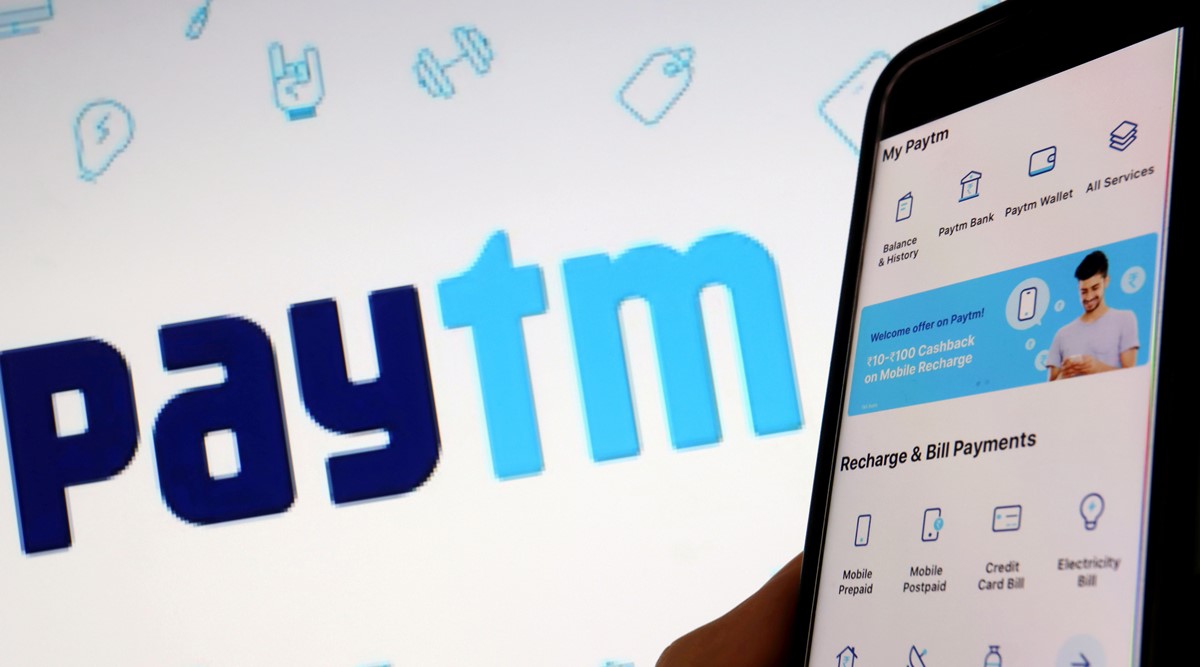
1. Paytm IPO (INR 18,300 crore)
Dates of issue: November 8–10, 2021
Price per share: INR 2,080 – 2,150 (discount of 5 per cent for retail investors)
Date of listing: November 18, 2021
NSE’s listing price: INR 1,950 per share (down 9.30 per cent from IPO price)
NSE’s closing price: INR 1,560 per share (down 27.44 per cent from IPO price)
Paytm is an Indian multinational technology business that focuses on digital payment systems, e-commerce, and financial services. Paytm has been listed as one of the world’s most valuable fintech companies. More than 2 crore enterprises in India utilise the company’s QR code payment system to take payments directly into their bank accounts.
During the huge IPO rush of 2021, One97 Communications, the parent firm of renowned app Paytm, issued its IPO with considerable confidence. However, the total subscription was incredibly low, with HNIs (high net-worth individuals) missing the IPO entirely.
The company had lost money for the prior three years at the time of the IPO, and there was little sign of profitability in the following years, dampening investor confidence. It swiftly turned into a nightmare for IPO investors, as the company lost more than a quarter of its value and ended with a 27 per cent loss.
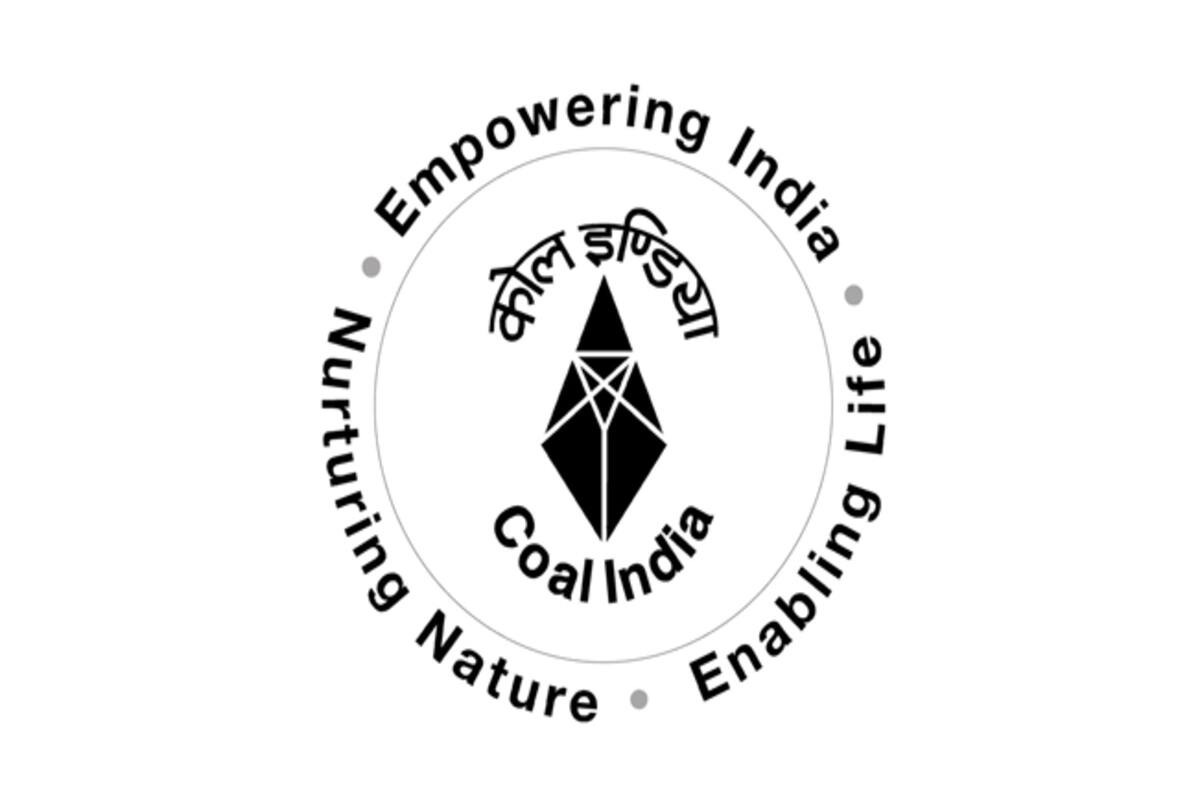
2. Coal India IPO (INR 15,200 crore)
Dates of Issue: 18–21 October 2010
Size of Issue: 631,636,440 shares
Price per share: 225–245 INR (discount of 5 per cent for retail investors)
Listing Date: November 4, 2010
NSE listing price: INR 291 per share (up 25 per cent for retail investors)
NSE closing price: INR 342.55 per share (up 47.17 per cent for retail investors)
Coal India Limited is a coal mining and refining company owned by the Ministry of Coal of the Government of India. It is the world’s largest coal producer and with over 272,000 people, it is India’s fifth-largest employer.
Coal India’s IPO broke records and set new ones as the world’s largest coal miner and Navratna at the time (Coal India has since been upgraded to Maharatna status). It was the biggest IPO in India for 11 years.
It raised INR 15,200 crore, the largest sum ever raised in India at the time but the offer was oversubscribed 15 times, resulting in a total subscription of nearly INR 240,000 crore. Employees bid for only 10.8% of the shares earmarked for them, despite the high overall demand. The shares went on to reward investors, closing the first day at INR 342.55 per share.

3. Reliance Power IPO (INR 11,700 crore)
Dates of issue: 15–18 January 2008.
Size of Issue: 260,000,000 shares
Price per share: INR 405–450
Listing Date: 11th of February, 2008
NSE’s listing price: INR 530 per share (up 17.77 per cent from IPO price)
NSE closing price: INR 372.3 per share (down 17.27 per cent from IPO price)
The Reliance Anil Dhirubhai Ambani Group owns Reliance Power Limited, formerly Reliance Energy Generation Limited. In the 2019 Fortune India 500 list, R-Power was ranked as India’s 176th largest corporation, with 9th place in the ‘Power industry’ category.
Anil Ambani’s planned IPO turned out to be a disaster for both him and investors. The IPO, which was India’s largest at the time, was fully subscribed in minutes and eventually received 73 times the amount of bids, making it the greatest IPO ever in terms of the subscription amount.
The Indian market was in a frenzy at the time due to the US subprime crisis. The company’s overvalued shares managed to float at a 17 per cent premium for some time however, investors had lost 17 per cent of their money. Although it was not a substantial loss, the entire Reliance Group was given a major jolt. Even though the business issued 3 free bonus shares to IPO investors, Reliance Power shareholders continued to lose money as shares fell further.
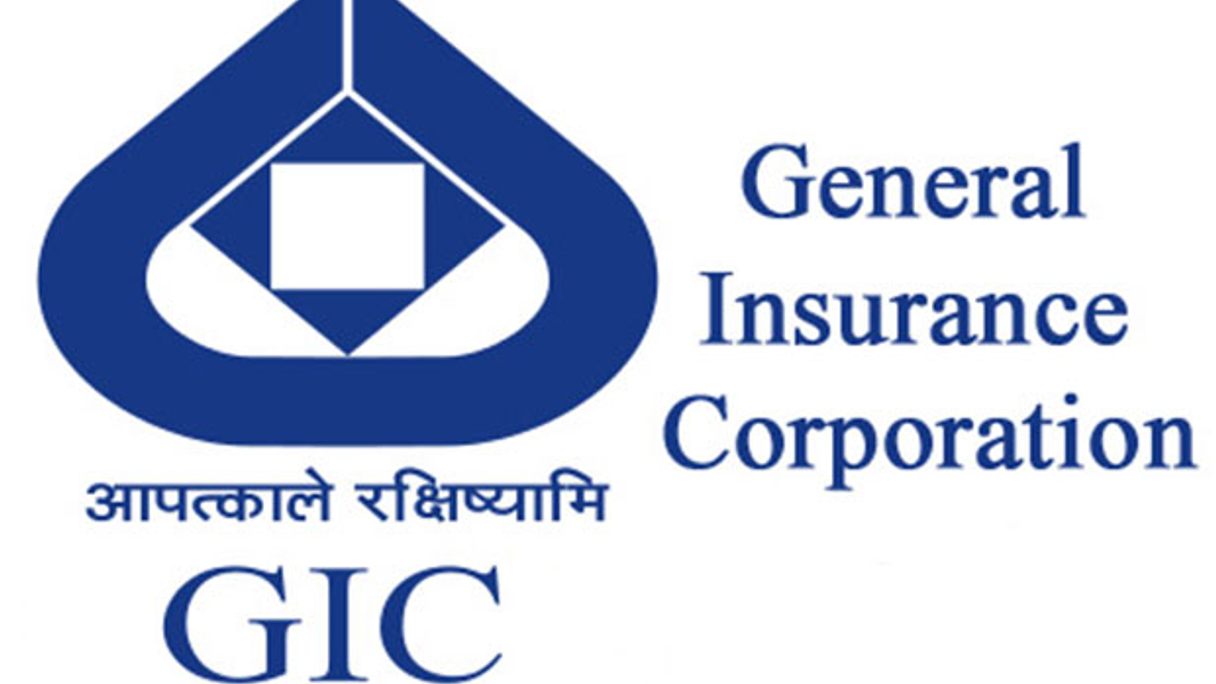
4. General Insurance Corporation of India IPO (INR 11,256.83 crore)
Dates of issue: 11–13 October 2017
Size of issue: 124,700,000 shares
Price per share: INR 855–912 (discount of INR 45 per share for retail investors)
Listing date: October 25th, 2017
NSE’s listing price: INR 850 per share (down 1.96 per cent from IPO price for retail investors)
NSE closing price: INR 874.3 per share (up 0.84 per cent from IPO price for retail investors)
GIC Re is a reinsurance firm in India, owned by the Government of India’s Ministry of Finance. Until late 2016, when the Indian insurance market was opened to foreign reinsurance players, including corporations from Germany, Switzerland, and France, it was the only nationalised reinsurance company in the country.
The government returned to the IPO market with the debut of India’s lone reinsurance company. Despite the lack of HNI’s and retail investors, the IPO was covered 1.35 times. Apart from the IPO’s large size, GIC’s quiet launch was hampered by the bleak listings of ICICI Lombard and SBI Life Insurance. Retail investors were spared as a result of the discount, and the stock ended the first day of trading with minor gains.
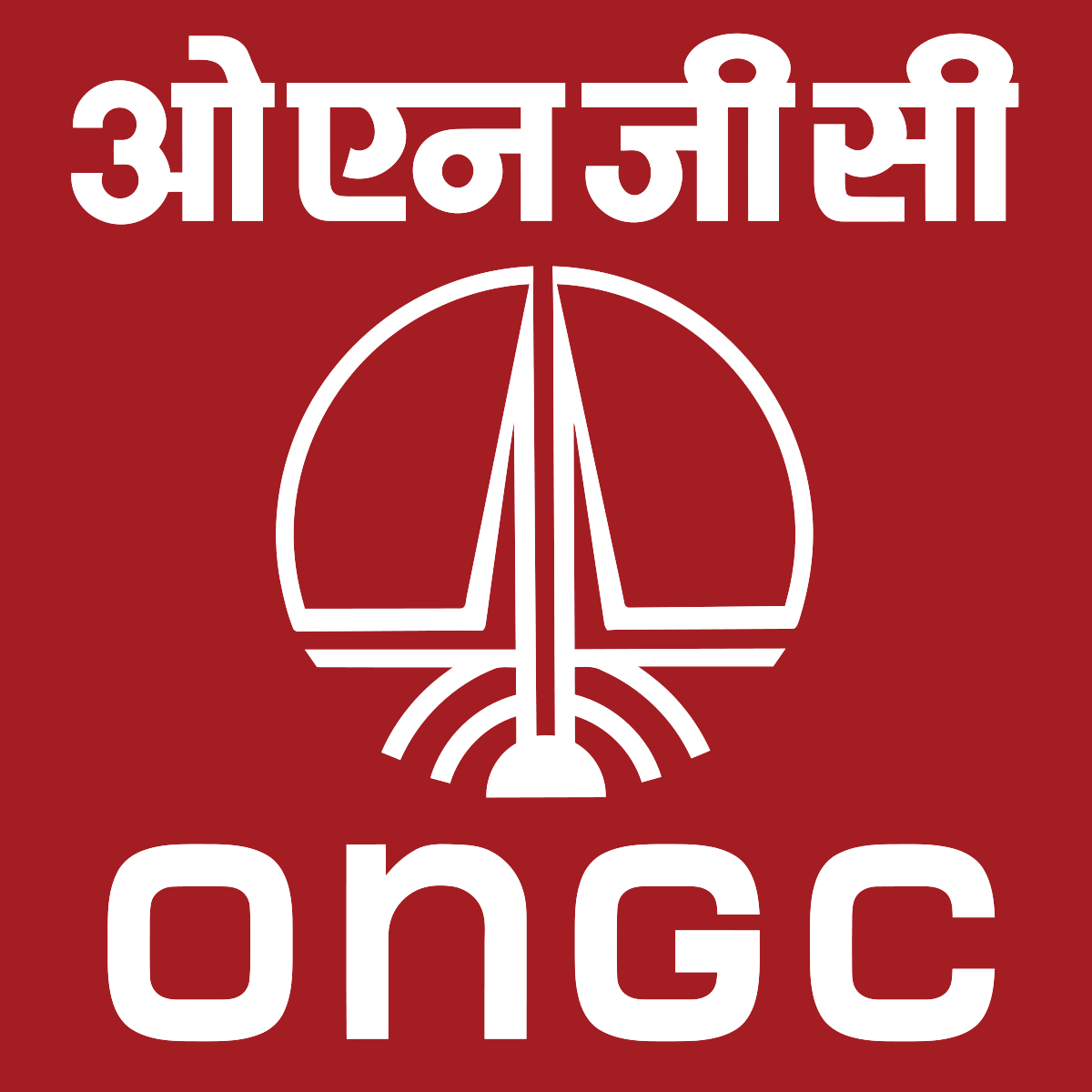
5. Oil and Natural Gas Corporation IPO (INR 10,534 crore)
Dates of issue: 5–13 March 2004
Size of issue: 142,593,300 shares
Price per share: INR 680–750 (discount of 5 per cent for retail investors)
The Oil and Natural Gas Corporation (ONGC) is a crude oil and natural gas company in India that reports to the Ministry of Petroleum and Natural Gas. In November 2010, the Indian government conferred the Maharatna title upon ONGC. It was listed as the largest profit-making PSU in India for the fiscal year 2019–20.
ONGC was the first to raise more than INR 10,000 crore in an IPO, an amount that was unthinkable in 2004. ONGC held the top spot for another four years until Reliance Industries broke its record. The IPO is arguably at the top of the list of India’s largest IPOs when adjusted for inflation.
When the government announced the IPO of ONGC to sell 10% of the company’s stock, it offered a 5% discount to individual investors with an application size of less than INR 50,000. Since then, the stock has provided large dividends as well as capital appreciation to stockholders.
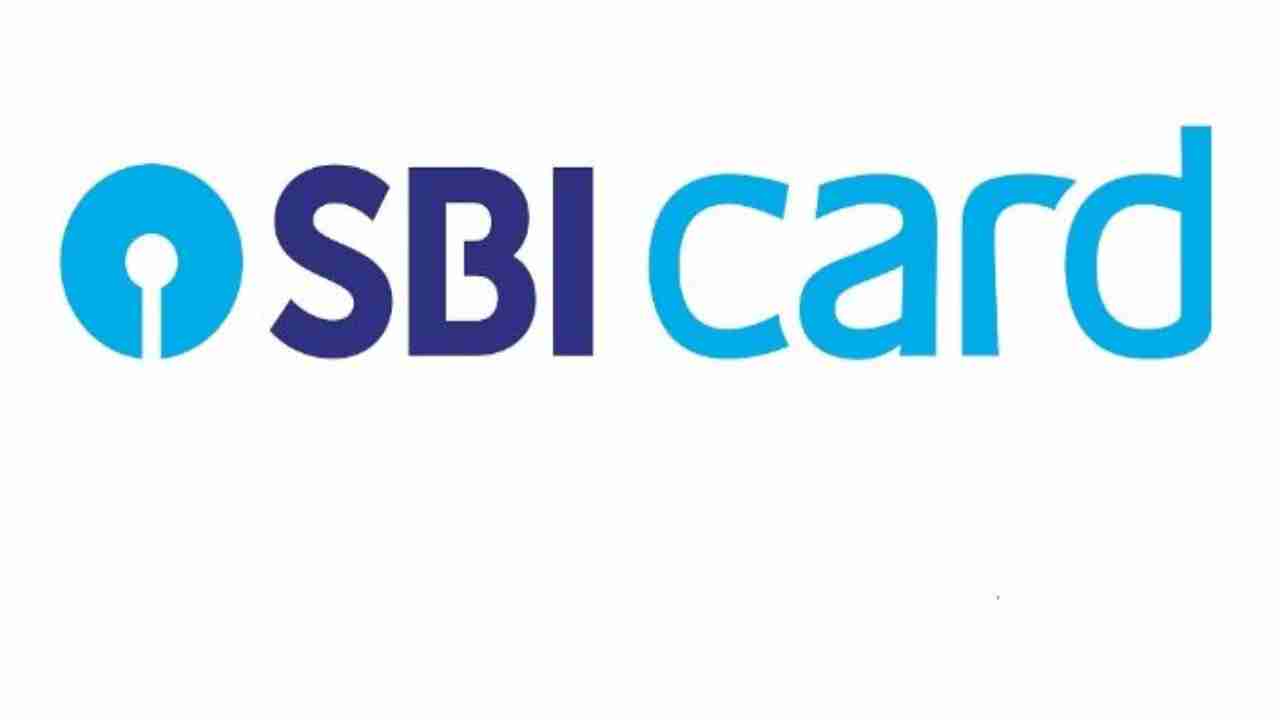
6. SBI Cards and Payments IPO (INR 10,354.8 crore)
Dates of issue: 2–5 March 2020
Size of issue: INR 10,354.8 crore
Price per share: INR 750–755 (discount of INR 75 for employees)
Listing date: March 16, 2020.
NSE listing price: INR 661 per share (down 12.45 per cent from IPO price)
NSE closing price: INR 678 per share (down 10.20 per cent from IPO price)
SBI Cards & Payment Services Ltd. is an Indian credit card firm that offers payment solutions. The SBI Card was established in October 1998 by India’s largest bank, State Bank of India, and GE Capital. It is the country’s second-largest credit card company.
Through a combination of offers for sale and new shares, the IPO garnered nearly INR 10,350 crore. The IPO of SBI Cards was covered 26.5 times due to strong demand from QIB’s (qualified institutional buyers) and HNIs.
While the demand for the bid was high, the situation deteriorated between the subscription deadline and the listing date due to the outbreak of the Covid-19 epidemic. Following that, the stock was listed at a discount of 12.45 per cent closing the day in the loss. Despite this, the stock rose sharply during the following market recovery.
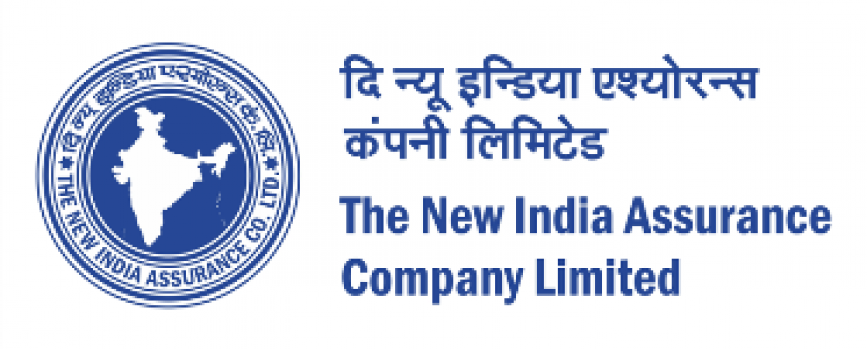
7. New India Assurance IPO (INR 9585.82 crore)
Dates of issue: November 1–3, 2017
Size of issue: 120,000,000 shares
Price per share: INR 770–800 (discount of INR30 per share for retail investors)
Listing date: November 13, 2017
NSE listing price: INR 750 per share (down 2.59 per cent from IPO price for retail investors)
NSE closing price: INR 727.1 per share (down 5.57 per cent from IPO price for retail investors)
The New India Assurance Co. Ltd. is a nationalised general insurance firm owned by the Government of India’s Ministry of Finance. It is India’s largest state-controlled general insurance firm.
The investors were not overly eager about the New India Assurance IPO, as seen by the fact that the HNI, retail, and employee categories were all undersubscribed. Although the IPO was approved based on QIB demand, the stock opened at INR 750 and dropped to INR 727.1 per share by the end of the day.
Because of the reduction, the damage to retail investors was reduced. Investors that elected to stay put, faced painful days ahead, as the stock dropped to INR 580.1 per share in just four weeks. The IPO was the worst performer in 2017 during this era, and it also ranks among the all-time worst performers among India’s major IPOs.
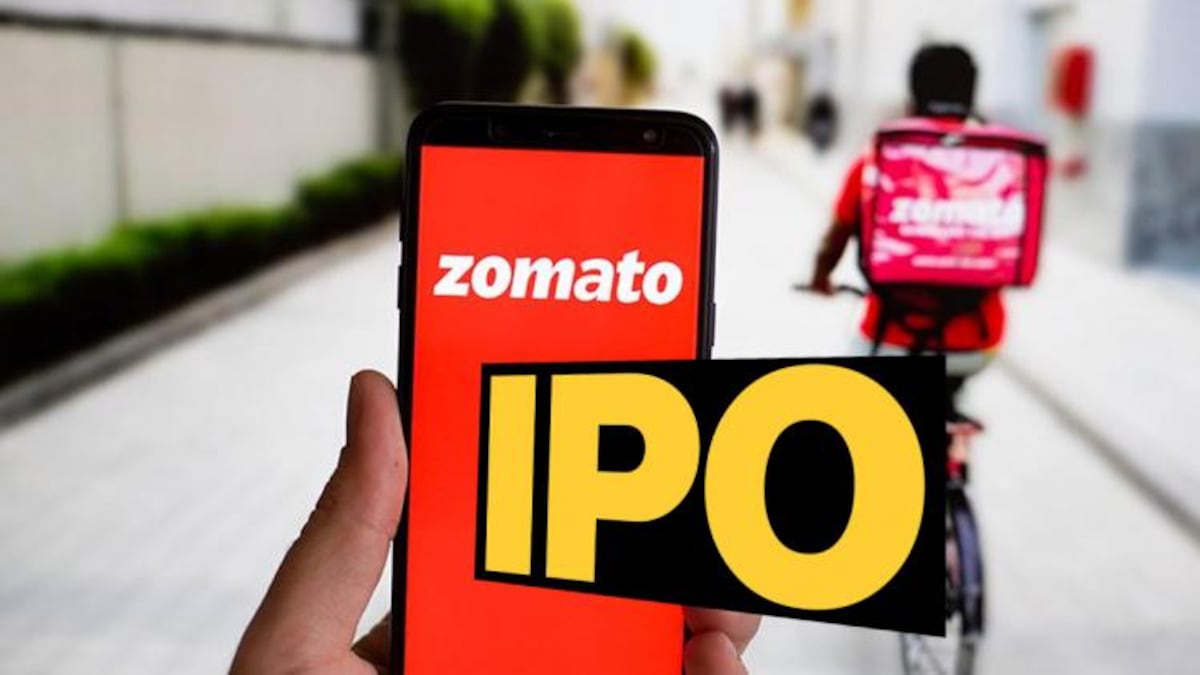
8. Zomato IPO (INR 9,375 crore)
Dates of issue: 14–16 July 2021
Size of issue: INR 9,375 crores
Price per share: INR 72–76
Listing date: July 27, 2007
NSE’s listing price is: INR 116 per share (up 52.63 per cent from IPO price)
NSE closing price: INR 126 per share (up 65.79 per cent from IPO price)
The Zomato Food Delivery Service is an Indian food aggregator and meal delivery service. Zomato offers restaurant information, menus, and user ratings, along with food delivery from partner restaurants in many cities.
Zomato is the latest addition to this list of India’s all-time largest IPOs. The company ended its IPO on a high note, listing at a premium of more than 50%, which was also higher than grey market predictions. It continued to rise throughout the day, closing the first day of trading with a 65 per cent gain on the IPO price.
Following the IPO, the unicorn was valued at INR 1,00,000 crore, making it one of the top 50 most valuable publicly traded companies in India. The Zomato IPO carved a path for future start-up listings in India including high-profile venture-backed companies like Paytm, Nykaa, Ola, and PolicyBazaar.

9. DLF IPO (INR 9187.5 crore)
Dates of issue: 11–14 June 2007
Size of issue: 175,000,000 shares
Price per share: INR 500–550
Listing date: 5th of July, 2007
NSE listing price: INR 526.6 per share (up 0.30 per cent from IPO price)
NSE closing price: INR 569.8 per share (up 8.53 per cent from IPO price)
DLF Limited (Delhi Land & Finance) is a commercial real estate developer. DLF created minor residential projects like Shivaji Park before going on to influence almost all of Gurgaon. It was a peak moment for the firm when it launched its IPO in June 2007.
The IPO was priced at INR 525 per share, which was in the middle of the book-building range. Even though the retail and employee sections of the IPO were undersubscribed, the IPO was subscribed 3.47 times. While it ranks low on this list of India’s largest IPOs, it was the second-largest offer at the time of its inception, after only ONGC.
DLF shares soared by up to 35 per cent on their IPO and ended the day with an 8.5 per cent return on allotment price. DLF promoter KP Singh became one of India’s wealthiest persons as a result of the IPO. Since then, real estate has lost much of its lustre, and the company has suffered as a result of SEBI’s three-year ban on KP Singh.
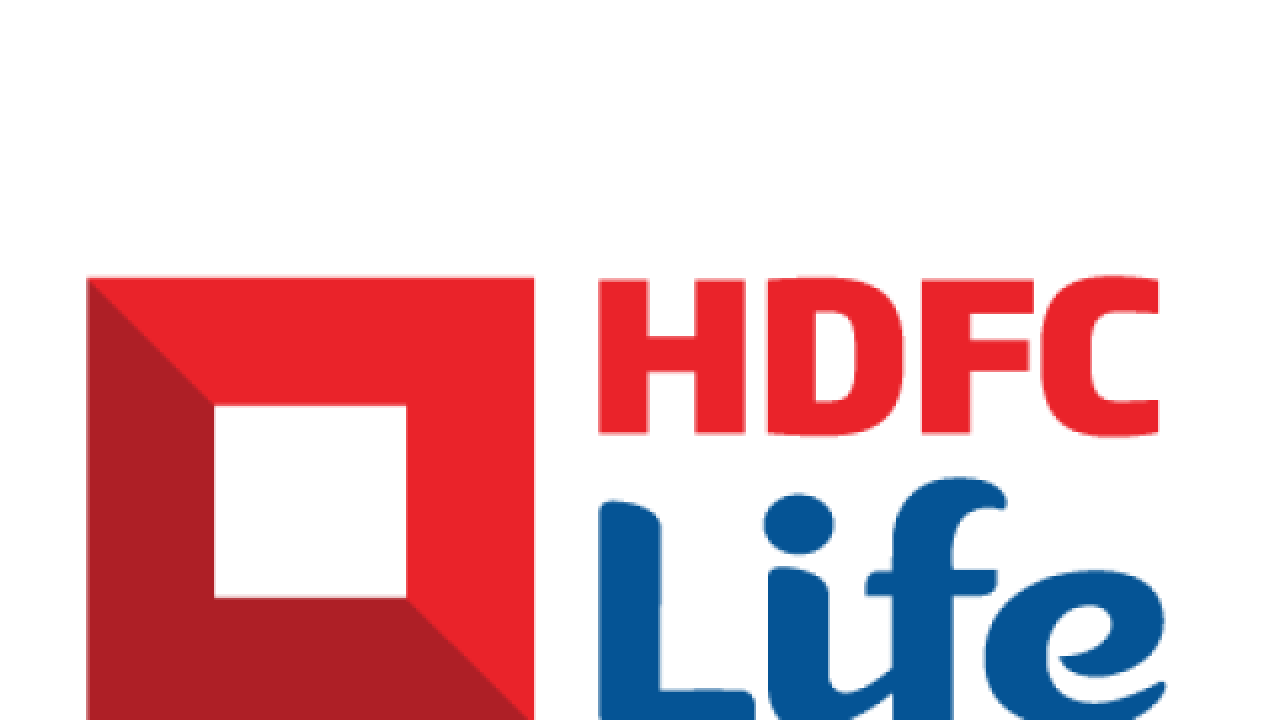
10. HDFC Standard Life Insurance IPO (INR 8,695.01 crore)
Dates of issue: November 7–9, 2017.
Size of issue: 299,827,818 shares
Price per share: INR 275–290
Listing date: November 17th, 2017
NSE’s listing price: INR 310 per share (up 6.89 per cent from IPO price)
NSE closing price: INR 344.6 per share (up 18.82 per cent from IPO price)
HDFC Ltd. is a long-term life insurance company that provides services to both individuals and groups. Housing Development Finance Corporation Ltd (HDFC), one of India’s largest housing finance organisations, and Abrdn, a worldwide investment firm, have partnered to form the company.
One of the few insurance IPOs that did satisfactorily in 2017 was HDFC Standard Life Insurance. HDFC’s brand name worked well for the IPO, but the company did not offer any discounts to ordinary investors and priced the IPO at the upper end of the pricing band. With shares surging 18.8% higher by the end of the day, HDFC Standard Life delivered on its lofty expectations as India’s finest insurance company.

The biggest IPO to look forward to in 2022 is the IPO of LIC
The Life Insurance Corporation of India (LIC) is India’s largest government-owned life insurance company. It will soon launch the most anticipated initial public offering (IPO) of the year 2022. Analysts estimate that the IPO will be worth between INR 70,000 and 80,000 crores. Existing LIC policyholders are expected to receive 10% of the shares. It is expected to be the largest IPO in the history of India. It will be intriguing to watch what the gains from the LIC IPO listing are and how the LIC IPO shares perform over time.
Conclusion
The overwhelming response to recent IPOs reflects a shift in ordinary investors’ investment patterns, from bank and government FDs to real estate to the stock market and IPOs. This shift is primarily motivated by increased profit potential.

The IPO allows companies to raise additional capital for expansion while also providing an exit strategy for some early-stage investors. Companies must first establish stable fundamentals and profitability potential to pique investors’ interest in a successful IPO. The Securities and Exchange Board of India (SEBI) has also relaxed start-up listing requirements and allowed for minimum public offerings, making the IPO process easier.
While India’s IPO boom continues, experts encourage investors to diversify their portfolios and thoroughly research firms before investing. Investors’ risk appetite varies, and before making an investment choice, they must analyse aspects such as business growth, profitability, market share, business model soundness, and entry hurdles.
Edited and published by Ashlyn Joy




